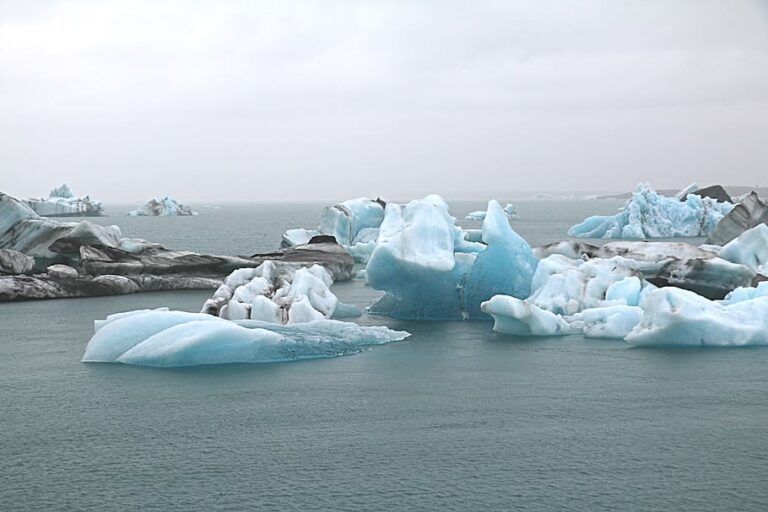
“From penguins to krill, the retreat of Antarctic sea ice threatens to unravel a delicate ecosystem – but together, we can keep the ice where it belongs and preserve the wonders of our oceans for generations to come 🐧🌊 #SaveAntarcticSeaIce #ProtectOurPlanet”
As we continue to grapple with the consequences of climate change, it’s becoming increasingly clear that one of the most significant challenges we face is the loss of sea ice. In particular, the rapid retreat of sea ice in the Antarctic has become a major concern, as it threatens not just the region’s unique ecosystem, but also the health of the global ocean.
To understand why this is such a critical issue, it’s helpful to start with some basic facts about sea ice. Essentially, sea ice is a thin layer of frozen ocean water that forms on the surface of the sea during the winter months. In the Arctic, this ice cover can stretch for thousands of miles, forming an important habitat for a wide range of animals, from polar bears to seals to walruses.
In the Antarctic, sea ice is even more extensive, covering an area roughly twice the size of the United States during the peak winter months. And while it may seem counterintuitive, this ice cover is actually critical to the health of the ocean around it.
One of the main reasons for this is that sea ice helps to regulate the temperature of the surrounding ocean water. When sunlight hits the ice, it’s reflected back into space, preventing the water from absorbing too much heat. This, in turn, helps to keep the ocean cool and stable, which is essential for the survival of many marine species.
Sea ice also plays an important role in the global carbon cycle. When it forms, it traps tiny algae and other organisms in the ice, which are then released into the water when the ice melts in the spring. These organisms form the base of the food chain for many marine animals, but they also play a critical role in absorbing carbon dioxide from the atmosphere. In fact, it’s estimated that the Southern Ocean, which surrounds Antarctica, absorbs up to 40% of the world’s anthropogenic carbon dioxide emissions each year.
Given these important functions, it’s clear that the rapid retreat of sea ice in the Antarctic is cause for concern. According to recent research, the region has lost nearly three million square kilometers of sea ice since the 1970s, with the rate of loss accelerating in recent years. This is largely due to rising temperatures caused by human activities such as burning fossil fuels and deforestation.
The consequences of this loss are already being felt in the Antarctic ecosystem. For example, many penguin species rely on sea ice as a platform for hunting and breeding, and are already experiencing declines in population as a result of the loss of this habitat. Other animals, such as krill, which form a key part of the Antarctic food chain, are also under threat as their habitat shifts and changes.
But the effects of Antarctic sea ice loss are not limited to the region itself. As mentioned earlier, the Southern Ocean is a major sink for carbon dioxide, and the loss of sea ice is already beginning to disrupt this process. In addition, the loss of sea ice is also contributing to rising sea levels, as the ice that melts from the surface of the sea contributes to the overall volume of the ocean.
All of this highlights the urgent need for action to address climate change and its impacts on the world’s oceans. Governments and individuals alike must take steps to reduce their carbon footprints and transition to cleaner, more sustainable sources of energy. At the same time, we must also work to protect and conserve the unique ecosystems that make up our planet, including those in the Antarctic.
While the challenges we face may seem daunting, there is reason for hope. Advances in renewable energy technology and increasing public awareness of the need for action mean that we have the tools and the will to make a difference. By working together and taking bold action, we can ensure that our oceans remain healthy and vibrant for generations to come.
As we wrap up our journey through the world of Antarctic sea ice loss, it’s clear that this is a problem that we can’t afford to ignore. The effects of this loss are being felt not just in the icy wilderness of the southern continent, but throughout the world’s oceans and beyond. From the carbon cycle to rising sea levels, the impacts of this loss are profound and far-reaching. But even in the face of these challenges, there is hope. By working together and taking bold action to address climate change, we can protect our oceans and the incredible array of life that they sustain. So let’s roll up our sleeves, put on our thinking caps, and get to work. Our planet – and all the creatures that call it home – are counting on us.
- Kamumodaki Lonkar



